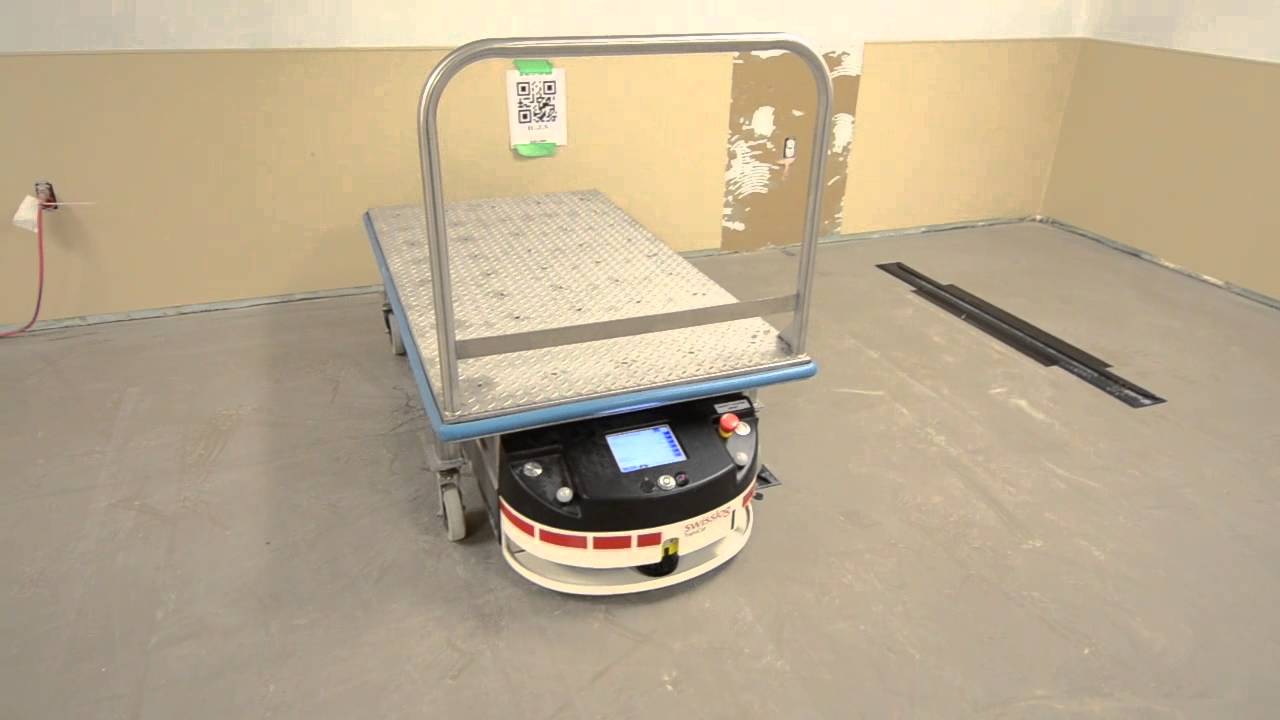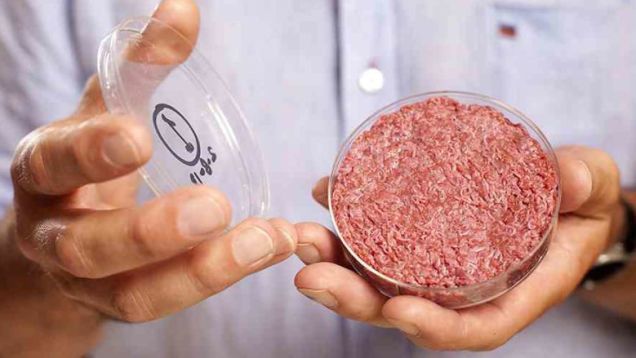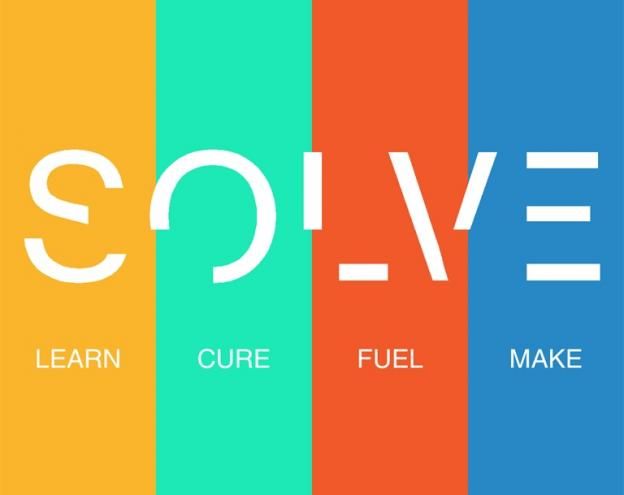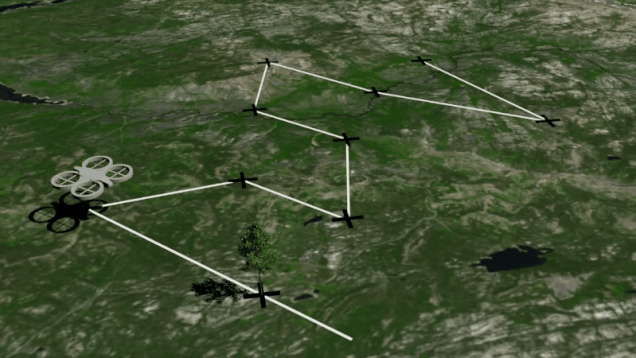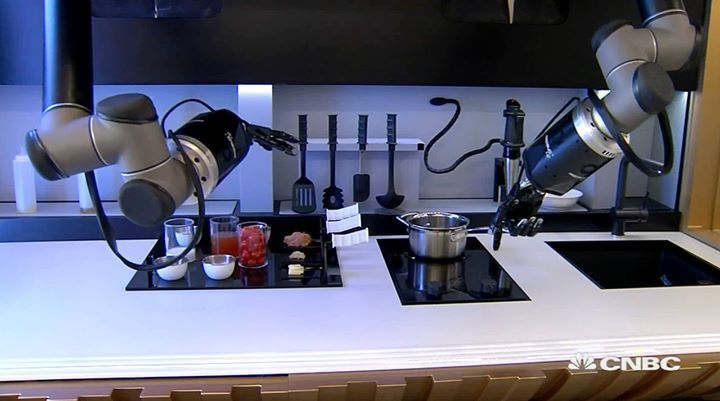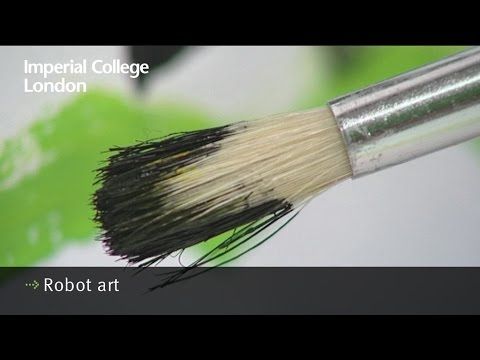The novel its a bit older, but it‘s an incredible vision!
When Star Trek’s Scotty warns the Captain that the engines can’t “take it”, he might just be best off switching fuel — a new book claims that humanity could reach the stars using vast spacecraft harnessing the energy of black holes with the power to “eat planets”.
Inside would be an artificial black hole — created by spheres of generators firing “gravitons”- and, claims author Dr Roger Hoskins, Fellow of the Royal Astronomical Society, would curve space-time — and would be “faster than anti matter drives.”
Captain Kirk would be jealous of the speeds offered by a black hole powered craft — which displaces or curves space time, like a warp drive, thus appearing to go faster than light.

